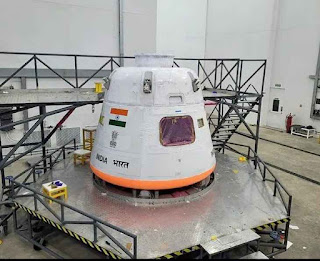Push-Pull Locomotive Inspired By Vande Bharat

Indian Railways: Push-Pull Locomotive Inspired By Vande Bharat Ready To Haul 22 Non-AC Coaches higher speed like the Vande Bharat trains, Indian Railways has rolled out push-pull locomotive to haul non-air conditioned coaches In a push–pull train, two locomotives at both ends of a train are used at the same time, being controlled by one driver. The train moves faster in push-pull method and detention time at stations is reduced, improving turnaround time. "Push-pull loco getting ready… noisy, oily, power generator coaches will not be needed once these push-pull locos are installed at both ends of trains," said Railway Minister Ashwini Vaishnaw on a social networking site. Manufactured at Chittaranjan Locomotive Works in West Bengal, at an estimated cost of Rs 28 crore, twin locomotives will move to ICF Chennai to be equipped with 22 non-AC LHB coaches.While four coaches will be kept as reserved, rest 18 will be unreserved coaches. There was a demand for a train with upgraded...


